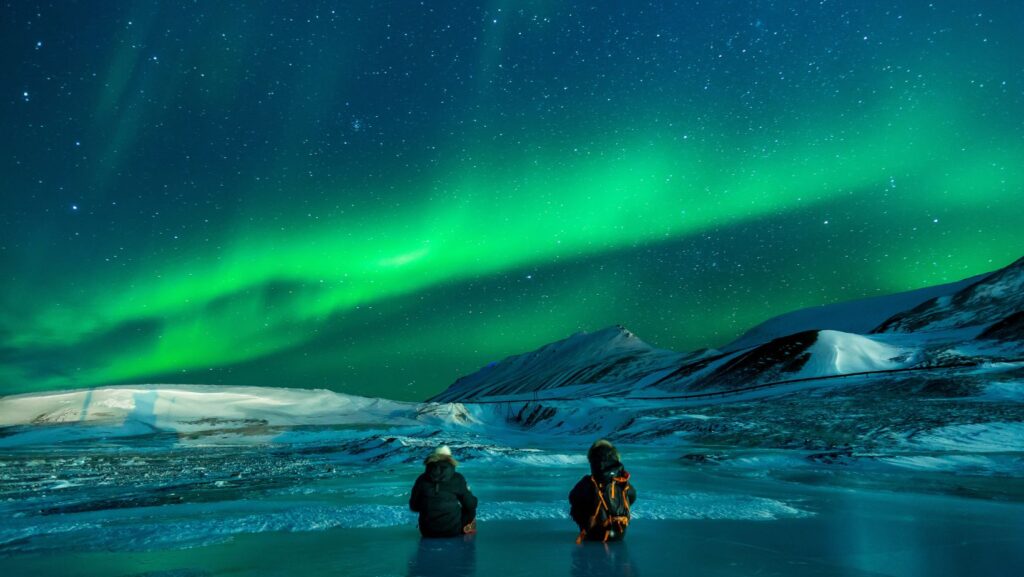How to Go on Adventures

Adventure, in essence, represents a journey or activity filled with excitement, challenge, and unexplored terrain. It’s the total immersion in unfamiliar surroundings that often requires courage, initiative, and the willingness to push boundaries. Detecting the presence of adventure isn’t hard, as it thrives wherever uncertainty, risk and thrill coexist. Bungee jumping off a towering bridge, for instance, or hiking through dense, unmarked trails in a forest, perfectly encapsulate the essence of adventure. For some, however, the concept may be as simple as visiting a new city, trying exotic cuisine, or learning a foreign language. Each person perceives and embraces adventure differently, and that, in itself, is an adventure.
How to Go on Adventures? The pursuit of adventure yields numerous benefits which contribute to personal development and mental well-being. It fosters resilience, as it pushes individuals out of their comfort zones and teaches them to deal with unexpected situations. It nurtures curiosity, keeping the mind hungry for novel experiences and knowledge. It enhances adaptivity, as adventures expose individuals to various environments and cultures, necessitating quick adjustment and learning. By pursuing adventure, individuals learn to appreciate the world from different perspectives and find joy in diversity. They develop a tight bond with nature, understand varying cultures, meet new people, and create unforgettable memories. Exemplifying these traits, the experienced mountaineer, trekking up uncharted summits, or the solo backpacker, navigating bustling foreign streets, are both collecting enriching experiences while chasing adventure.
Planning Your Adventure
How to Go on Adventures? One’s ideal adventure emerges from personal preferences, challenging desires, and curiosity stimulations. Some people find solace in tranquil nature trails or wildlife safaris. Others crave adrenaline-induced experiences, like rock climbing or deep-sea diving. Yet, a few might be intrigued by cultural exploration, like visiting ancient ruins, attending local festivals, or sampling regional cuisines.
Here are a few adventure types to consider:
- Nature Expeditions, like national park visits, bird watching, or hiking trails. Examples are the Great Smoky Mountains National Park, bird watching in Costa Rica, or the Appalachian Trail.
- Thrill-seeking Adventures, such as bungee jumping, white-water rafting, or skydiving. Examples include bungee jumping in New Zealand, whitewater rafting on the Colorado River, or skydiving in Switzerland.

- Cultural Immersions involving historic sites, local festivals, or regional food trails. Examples might be exploring the Egyptian Pyramids, attending the Rio Carnival in Brazil, or experiencing the culinary delights of Bangkok’s street food scene.
After picking an adventure type, meticulous planning ensures smooth execution and a memorable experience. Let’s delve into some effective planning strategies.
- Understand the Destination: Research the geography, culture, local customs, and language basics if it’s an international trip. Websites like Lonely Planet or TripAdvisor offer a wealth of information.
- Check the Weather: The climate can significantly affect the adventure experience. Websites such as The Weather Channel provide detailed forecasts.
- Create an Itinerary: Plan the day-to-day activities considering travel time, rest periods, and contingency time for unexpected events.
- Pack Appropriately: Efficient packing means considering the climate, nature of activities, and travel duration. Essentials for any adventurous trip include survival gear, first-aid kits, and suitable clothing. Create a video of your trip preparation or highlights along the way — not only is it a great way to preserve memories, but it also helps inspire others who might be planning similar adventures.
- Secure Travel Insurance: Travel insurance protects travelers from unforeseen incidents, including medical emergencies, trip cancellations, or lost baggage. It’s considered a prudent step in adventure planning.
Necessary Skills and Preparation for Adventure

How to Go on Adventures? An adventurer’s toolkit ranges from physical abilities to mental attributes. It encompasses abilities such as navigation, outdoor survival skills, first-aid knowledge, and swimming. For instance, navigation skills aid in understanding topographic maps and using a compass, vital for hiking or trekking adventures. Outdoor survival skills include setting up a camp, arranging a fire, or identifying edible plants. These skills supplement an adventurer’s self-sufficiency, especially in remote areas. First-aid knowledge, on the other hand, ensures an immediate response to accidents, from minor cuts to severe injuries. Lastly, swimming proficiency provides safety in aquatic situations, be it crossing a river during a jungle trek or scuba diving in the ocean.
Mental attributes, crucial for an adventure, include patience, resilience, and crisis management. Patience aids in dealing with unexpected delays or changes during the journey, resilience helps in enduring difficult situations and physical discomfort, while crisis management skills aid in responding swiftly and effectively in emergencies.
Physical preparation, depending on the type of adventure, could involve improving endurance, strength, or flexibility. For example, long-distance trekking requires an individual to improve their cardiovascular endurance, while activities like rock-climbing demand robust upper body strength. Similarly, yoga or pilates can enhance flexibility, which is beneficial for activities like surfing or gymnastics.

